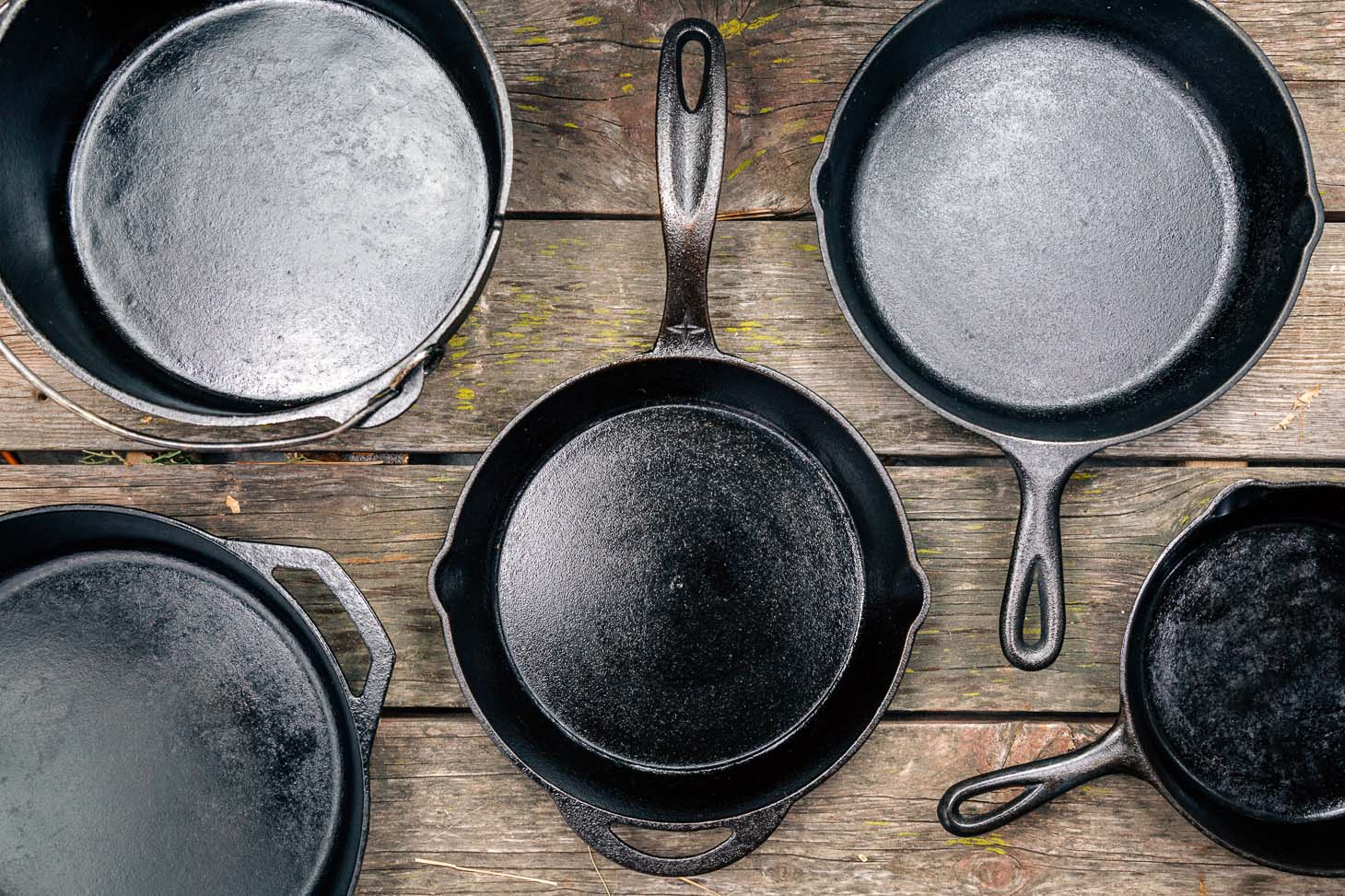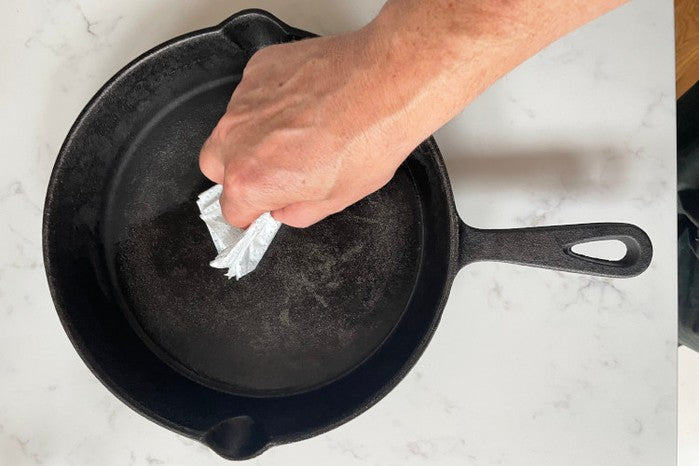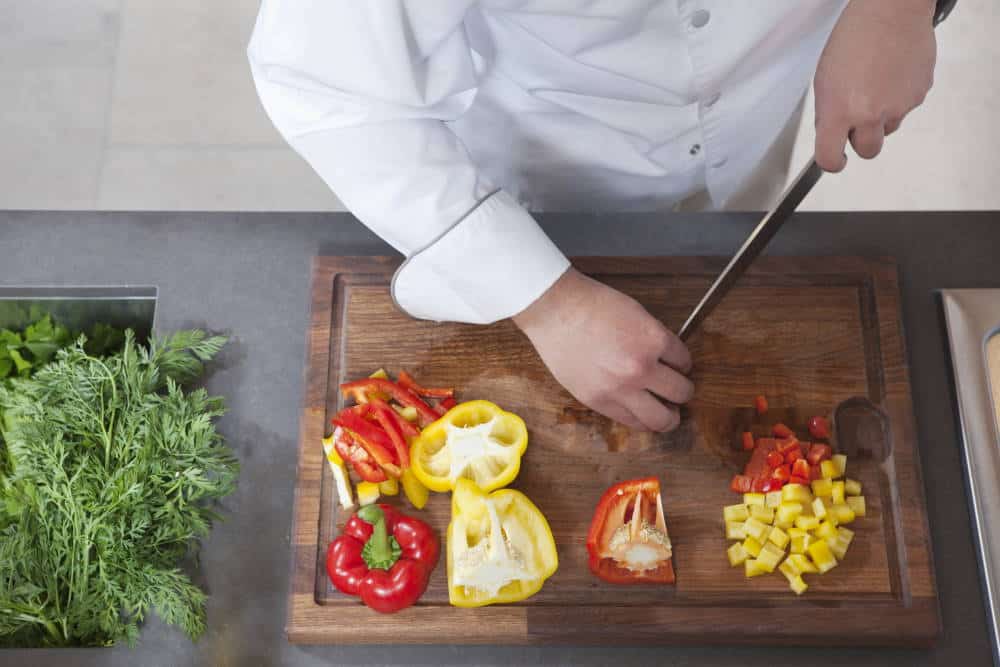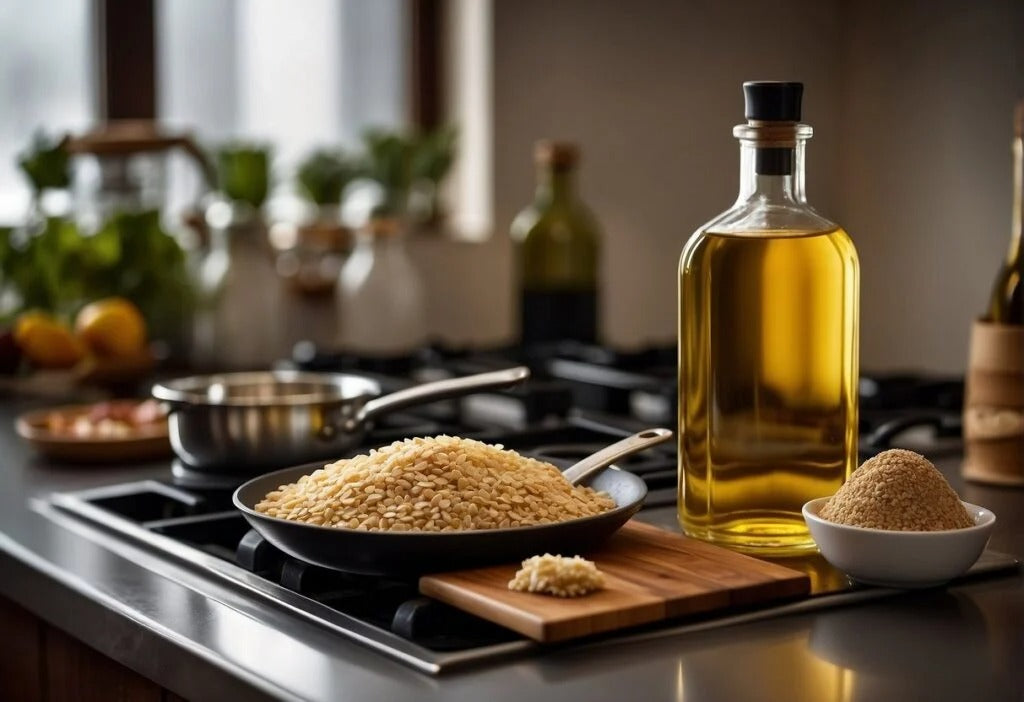When it comes to maintaining your prized kitchen tools, knowing how to clean cast iron without ruining seasoning is essential not only for durability but also for culinary performance. Cast iron skillets and pans have earned a loyal following among kitchen professionals, and for good reasonthey are virtually indestructible and improve with seasoning over time. However, improper cleaning can strip away the protective layer and ruin that hard-earned seasoning.
This article delves deep into the cleaning methods that will keep your cast iron in tip-top shape, ensuring that you maintain its unique qualities without sacrificing your seasoning. Now, lets get started on your journey of learning how to keep your cast iron cookware pristine.

Understanding Cast Iron Seasoning
Before diving into the specifics of cleaning, its crucial for kitchen professionals to understand what seasoning is. Seasoning is the process of layering oils onto the surface of your cast iron, creating a non-stick, rust-resistant coating. This layer develops as you continuously use the skillet or pan.
However, over time, food residue and grease can accumulate, and knowing how to clean cast iron without ruining seasoning becomes vital. The residue can also impart unwanted flavors into your dishes. Thus, it is important to have a dedicated method for cleaning that won't degrade your seasoning.
Why Regular Cleaning Is Essential
Regular cleaning of your cast iron cookware is important for several reasons:
- Preventing Rust: Any exposure to moisture can encourage rust formation.
- Avoiding Off-Flavors: Leftover food particles can impart undesired flavors.
- Preserving Non-Stick Properties: A well-maintained seasoning enhances non-stick properties.
Cleaning your cast iron cookware might seem daunting, but it need not be a chore. Lets explore some unmissable, life-changing techniques that will enable you to maintain that beautiful seasoning while ensuring cleanliness.
Cleaning Techniques You Can Master
Here are some terrific methods every kitchen professional should know:
1. Simple Scrubbing
The most straightforward way to clean cast iron is to use hot water and a stiff brush. After cooking, while the skillet is still warm (but not hot enough to burn you), rinse it under hot water and scrub it gently with a stiff bristle brush. This method works wonders for small residual bits of food.
2. Salt Scrub
For more stubborn residue stuck to the skillet, you can use coarse salt as a scrubbing agent. Sprinkle some coarse sea salt onto the surface, add a bit of hot water to create a paste, and scrub with a cloth or sponge. Rinse and dry thoroughly afterward.
3. Vinegar Solution
If your cast iron has developed a bit of rust, creating a vinegar solution can be a remarkable cleaning remedy. Mix equal parts vinegar and water, and soak the skillet for a couple of minutes. Use a stiff brush to scrub off rust, then wash it thoroughly with hot water and immediately dry it on a low flame.
4. Baking Soda Treatment
Baking soda is another powerful ally in cleaning cast iron. Create a paste by mixing baking soda with a small amount of water. Apply this paste to stubborn marks, allow it to sit for a few minutes, and scrub gently. Rinse with hot water afterward.
Donts While Cleaning Cast Iron
While there are many ways to clean cast iron without ruining seasoning, there are definitely some practices you should avoid:
- Never Soak: Avoid soaking your cast iron in water, as it can lead to rust.
- Dont Use Soap: Some chefs swear off soap completely, as it can break down the seasoning layer.
- Avoid Steel Wool: This is too abrasive for your cast iron and will scratch the seasoned surface.
Being cautious about cleaning will ensure that you maintain the integrity of your seasoning.
Re-Seasoning After Cleaning
Sometimes, despite your best efforts, your cast iron skillet might need re-seasoning. This process can be accomplished with a few simple steps:
- Clean: Use one of the cleaning methods discussed above to ensure it's free from food residue.
- Dry: Place the skillet on a low flame to dry completely.
- Apply Oil: Apply a thin layer of a suitable oil, such as flaxseed oil or canola oil, to the surface.
- Bake: Place it upside down in an oven at a high temperature (around 450F) for an hour to bond the oil.
Hiowever, if your skillet has seasoning issues, learn more about building seasoning.
Common Mistakes and Misconceptions
Many kitchen professionals make simple mistakes when it comes to maintaining their cast iron. Here are some common pitfalls:
- Ignoring Drying: Always ensure your skillet is completely dried after washing.
- Improper Oil Choices: Certain oils are better suited for seasoningavoid oils with low smoke points.
- Neglecting Temperature: Avoid drastic temperature changes, as they can warp your cookware.
Educating yourself on these factors is the key to avoiding disastrous mistakes.
:max_bytes(150000):strip_icc()/GettyImages-614986450-2000-f7ac499e535845c2903ff48843e0b142.jpg)
FAQs about Cleaning Cast Iron
Q1: Can I use soap to clean my cast iron skillet?
A1: While it's generally advised against, if the skillet is heavily soiled, using a mild soap occasionlly won't ruin the seasoning, but it is better to avoid it.
Q2: How do I get rid of rust on my cast iron?
A2: Use a vinegar solution to soak and scrub off rust, followed by thorough washing and re-seasoning.
Q3: What oil is best for seasoning cast iron?
A3: Flaxseed oil is highly recommended due to its high smoke point and its ability to create a durable seasoning layer.
For further guidance, check out this food network guide for seasoning your cast iron.
As an Amazon Associate, I earn from qualifying purchases.






Leave a comment
This site is protected by hCaptcha and the hCaptcha Privacy Policy and Terms of Service apply.